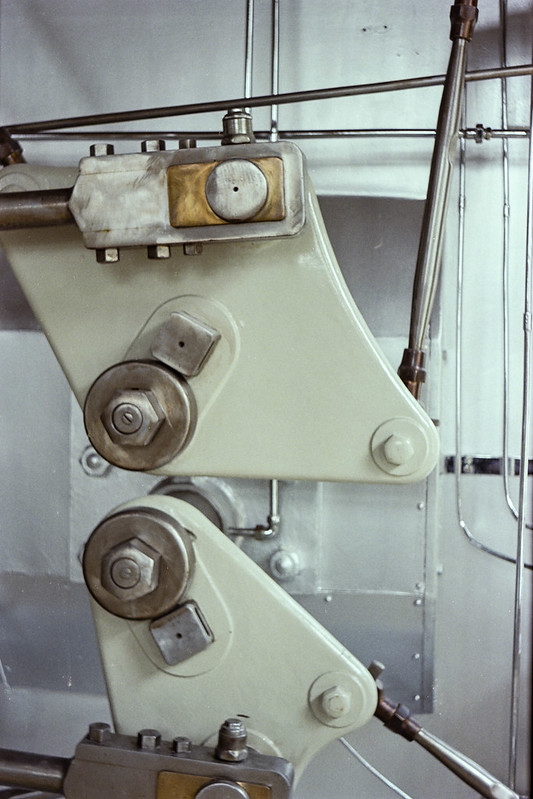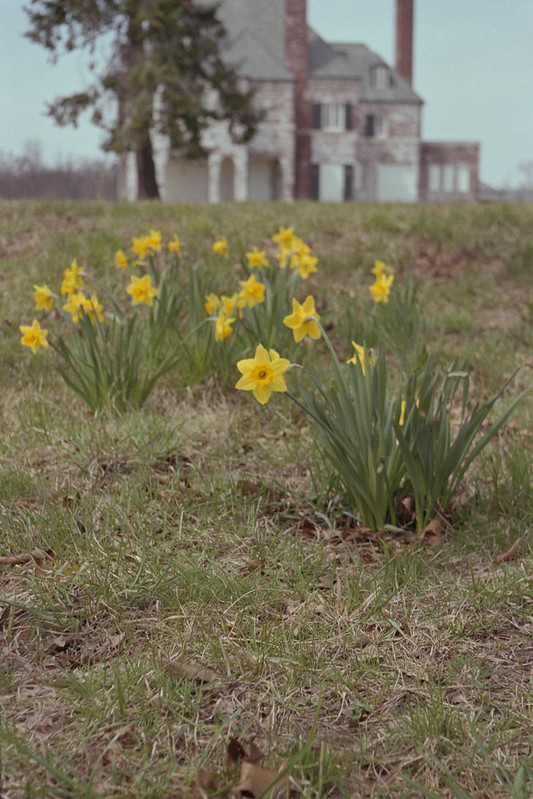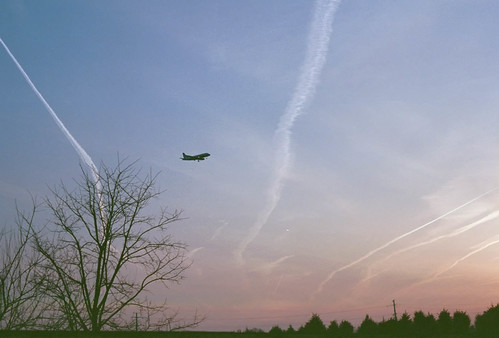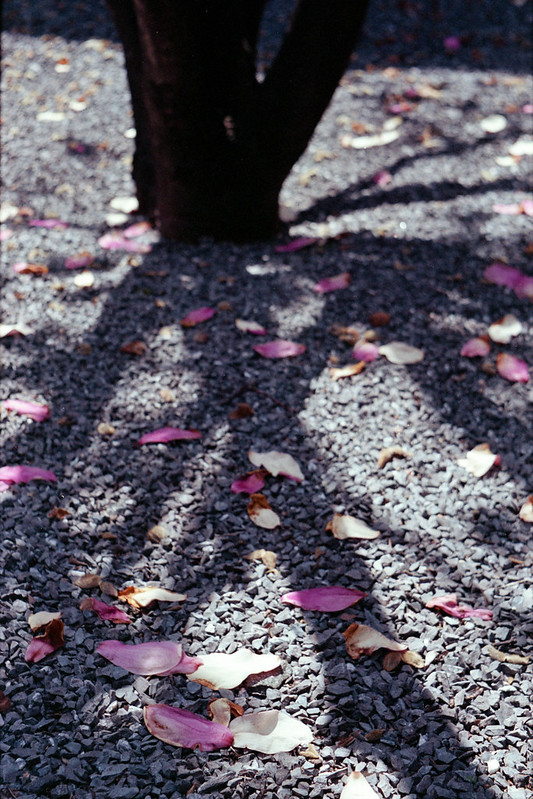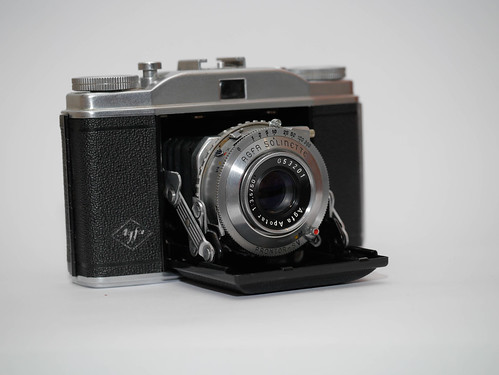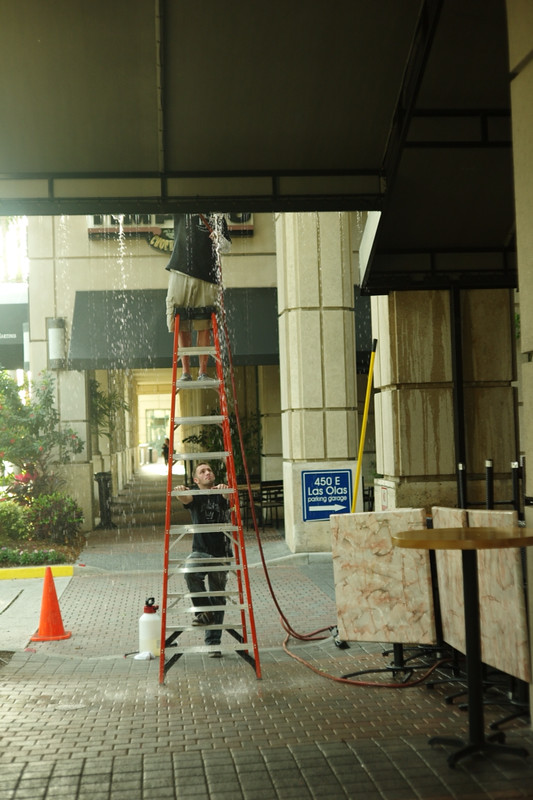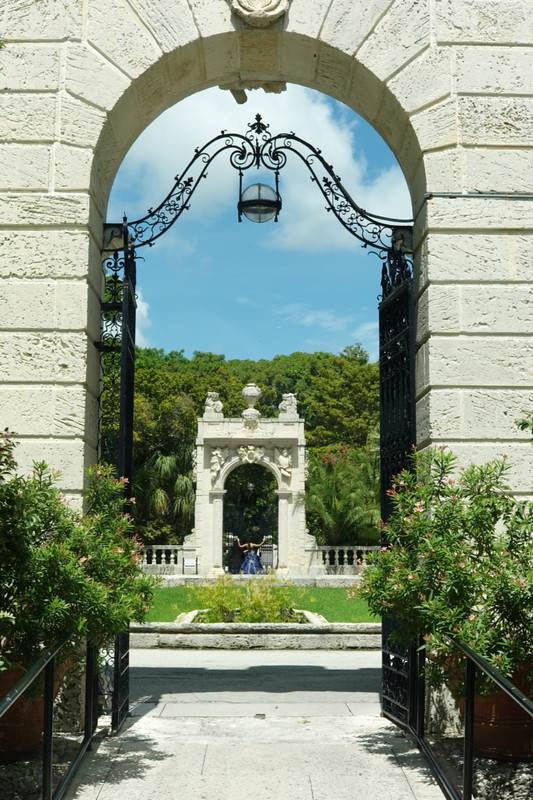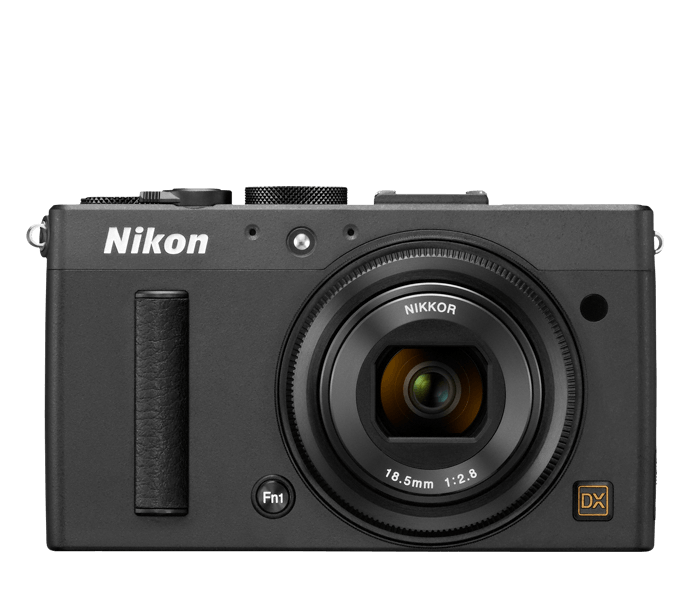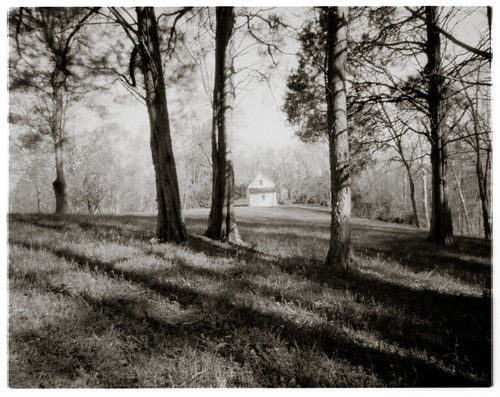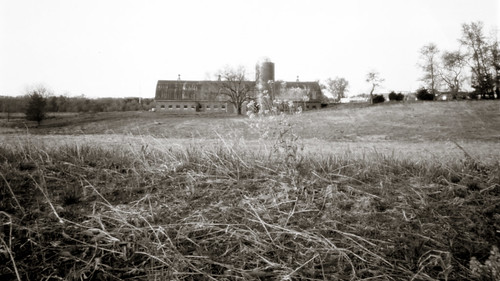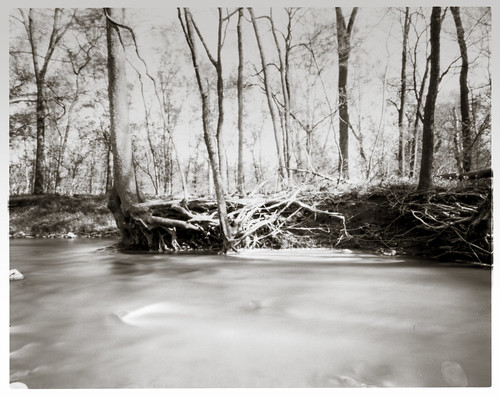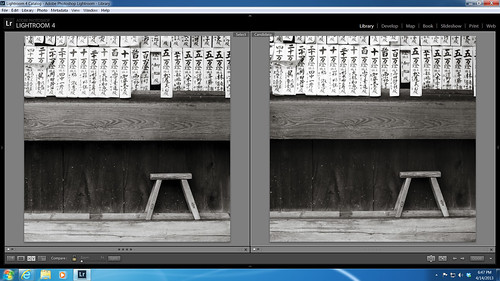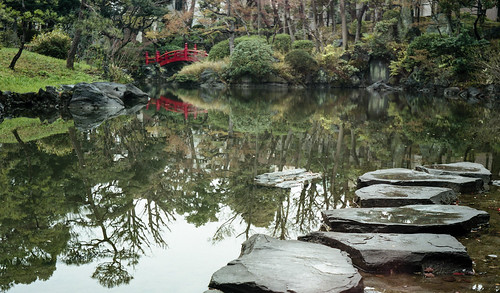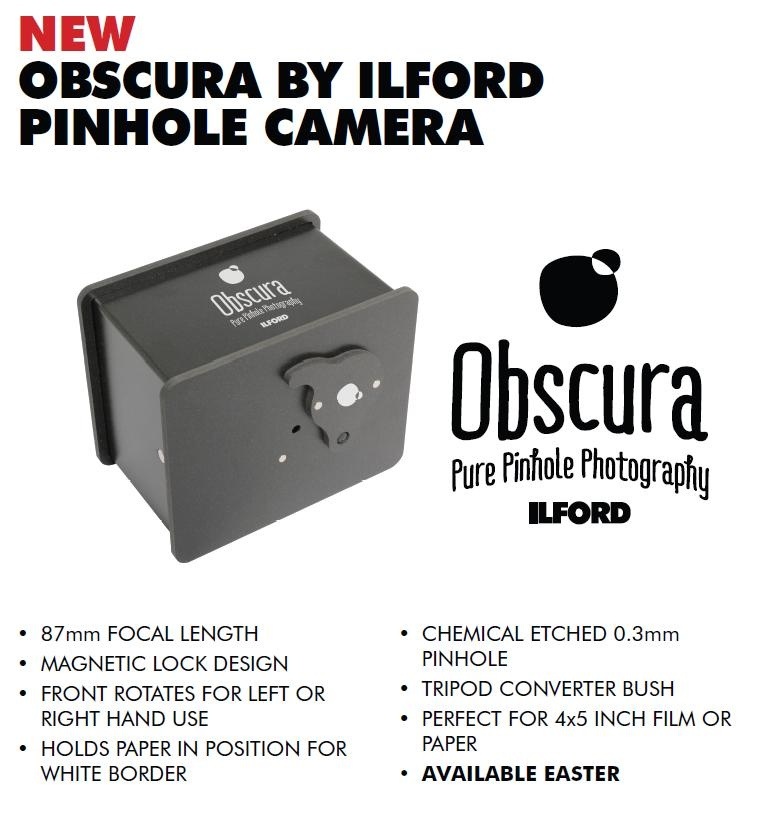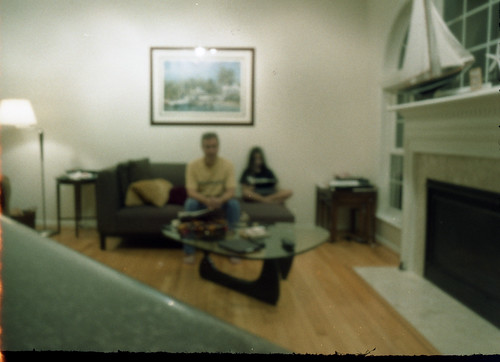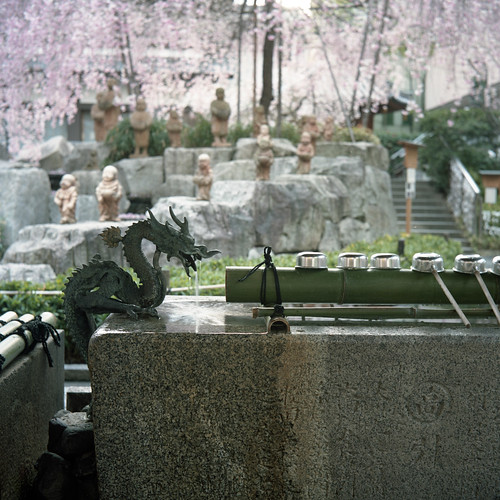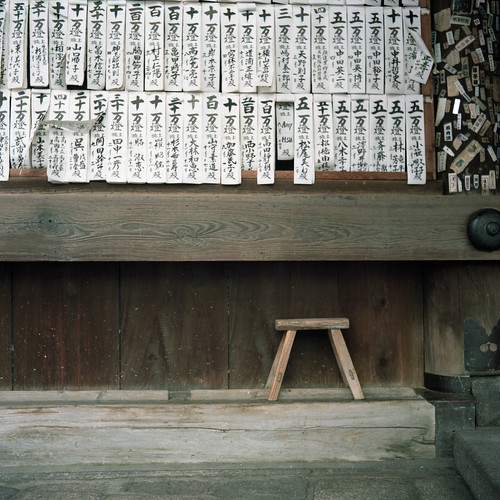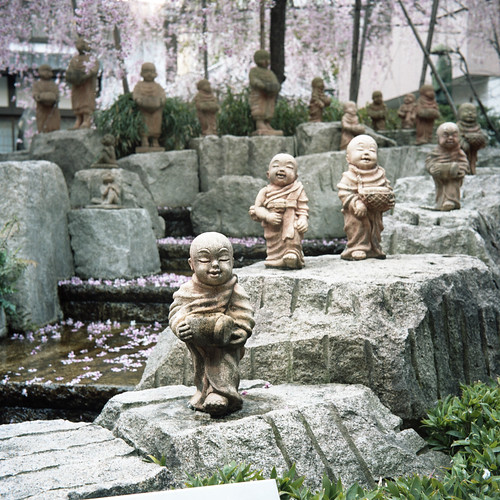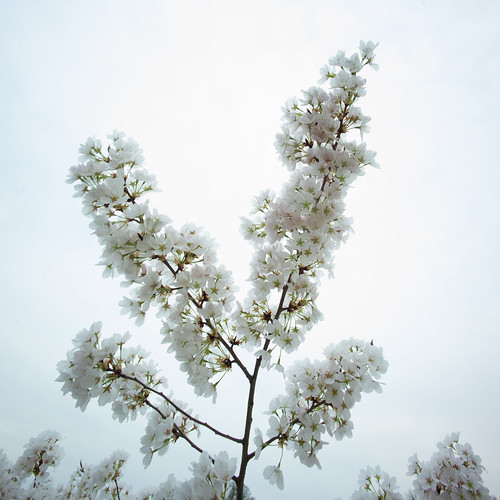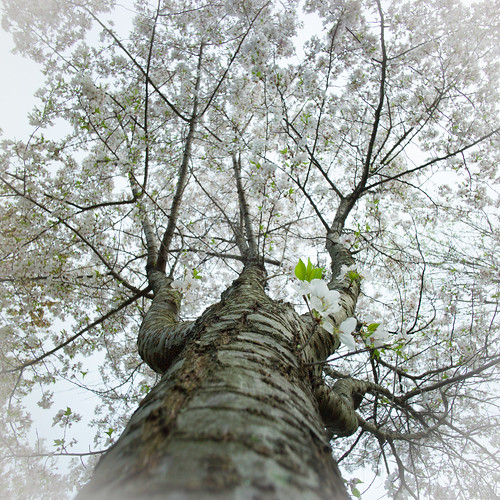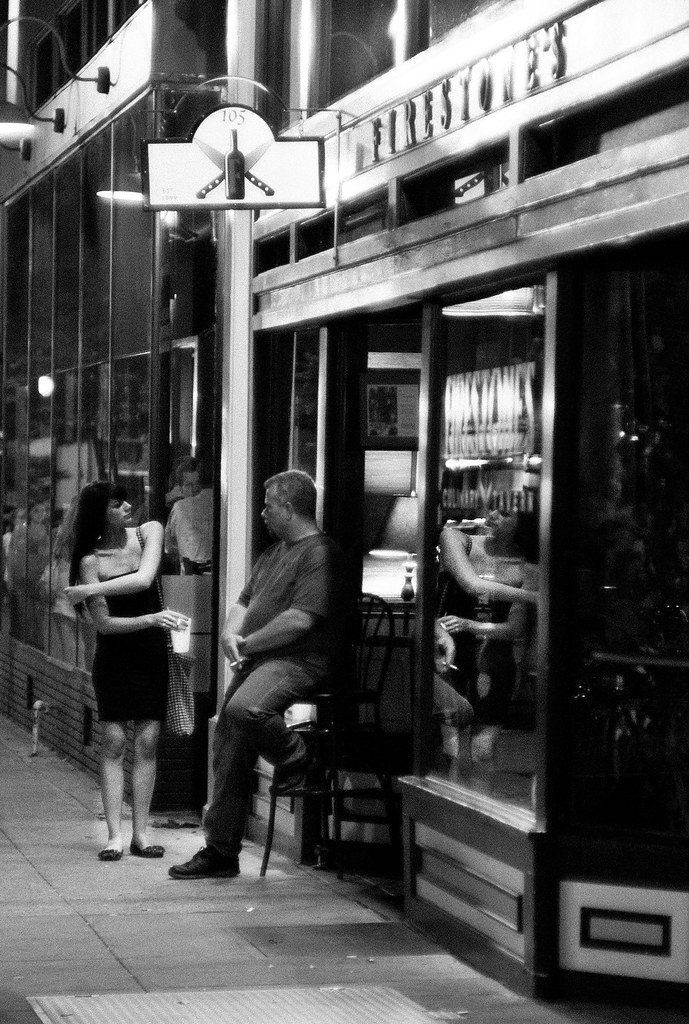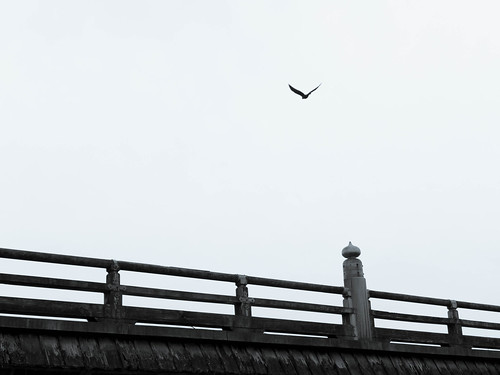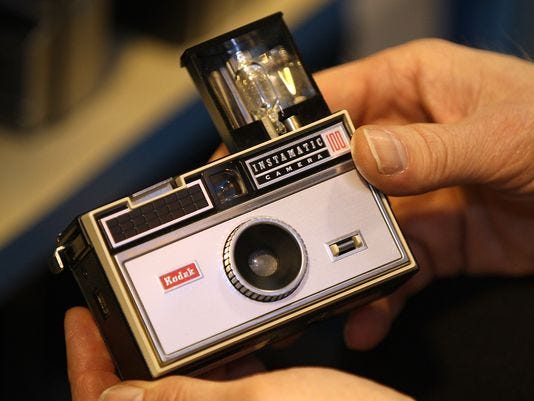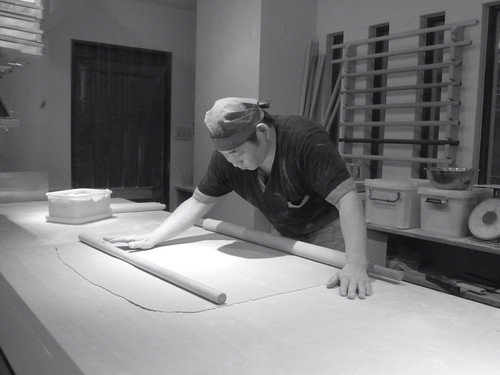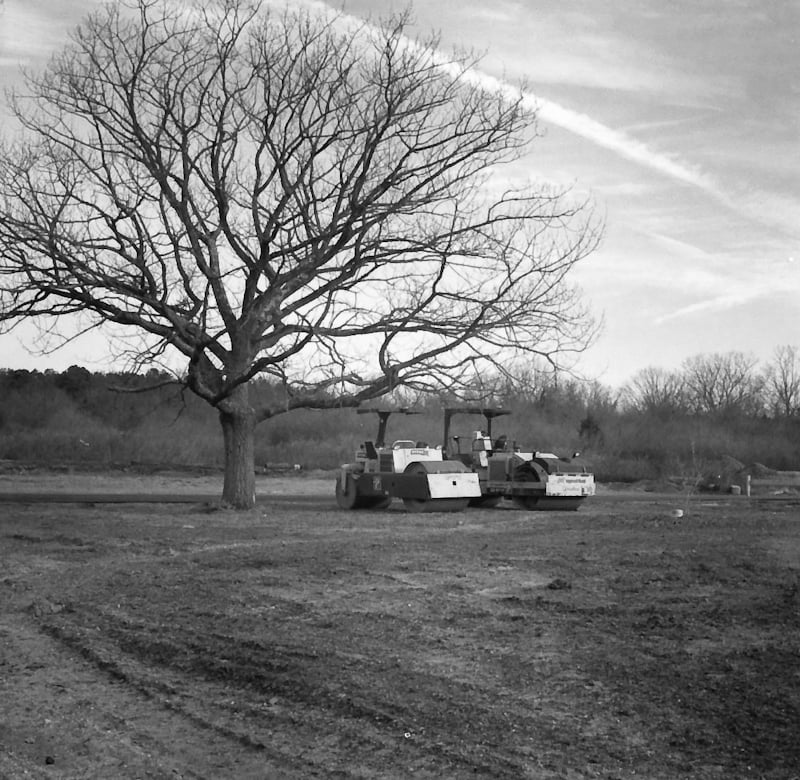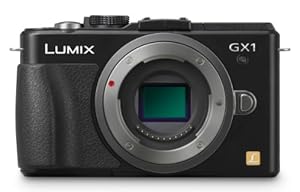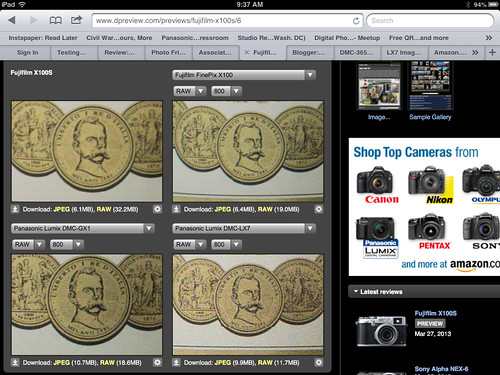Every year when I visit Japan, I make it a goal to get out early in the mornings for some solitude, thought, and photography. This year, I achieved that on our last day in Kyoto, by visiting Rokkaku-Do, a Buddhist temple from the early Heian period. That means it was like constructed before the year 1000 (otherwise known as Y1K to the computer scientists of the time). Rokkaku-Do is in an urban part of Kyoto, and is immediately adjacent to the headquarters of Ikenobo, the association for Ikebana, Japanese flower arrangement. Apparently, Ikebana was started at Rokkaku-Do temple.
I shot in an interesting way on this morning. I carried my Panasonic Lumix DMC-LX7, a tripod, and my Skeletons From The Closet camera for March, the Zeiss Ikonta 521/16.
I used the LX7 as my exposure meter and scene test camera. Setting it to the same iso as the film in the Zeiss Ikonta, and selecting square image format, I found the LX7 extremely useful in this way. I also have a nice set of LX7 images to compare to the film shots. I plan to do a post about that in the future.
I used my DIY paper card rangefinder to just distance for focusing.
(Click Here) to read about that. Scroll down to the bottom of the post for a description and link to a very helpful website for making your own rangefinder card.
Here are some of the quiet scenes I experienced that morning, scanned and cropped, but otherwise unedited.
Dragon Fountain, by Reed A. George
Zeiss Ikonta 521/16 with Tessar f3.5 Lens
Swan Pond, by Reed A. George
Zeiss Ikonta 521/16 with Tessar f3.5 Lens
Wooden Stool, by Reed A. George
Zeiss Ikonta 521/16 with Tessar f3.5 Lens
I knew that I liked the shot above as soon as I took it.
Symmetry, by Reed A. George
Zeiss Ikonta 521/16 with Tessar f3.5 Lens
That is the hexagonal main hall roof reflected in the water above. Rokkaku means hexagon in Japanese, and is the source of the temple's popular name.
Traveling Monks and Fallen Blossoms, by Reed A. George
Zeiss Ikonta 521/16 with Tessar f3.5 Lens
The best part of my morning was when an elderly Japanese lady came by and said good morning to me. Surprised that I could answer in Japanese, she then began my education about Rokkaku-Do.
Kami-Sama, by Reed A. George
Zeiss Ikonta 521/16 with Tessar f3.5 Lens (cropped)
She spoke only Japanese, so I must admit that I missed a significant part of the lesson. However, I did understand that the stone gods (kami-sama) above were collected from an important path in the area, I believe a path that led between multiple temples. She also told me that old ladies like her knit the hats and aprons for the kami-sama, because they want to make sure they don't get cold out here.
If you notice the little white sculptures lined up in front, they are ceramic doves. When I asked her what they were for, she literally took me by the arm, and walked me up to them, telling me how young couples who are in love come here for a specific purpose. She walked with a spring in her step, like a young girl with her boyfriend. She explained to me that a prospective bride can write down the things she likes about her fiance' on a piece of paper, and also list the things she's not so crazy about, putting an X next to those. The paper is then rolled up and put into a special groove in the bottom of the pigeon statue. The gods will work to make the X'd features of her lover go away. I loved that I was able to understand this part, through a combination of halting language on my part, rapid-fire Japanese on hers, and some hand gestures.
She also took me inside one of the buildings to explain that Rokkaku-Do was one of 36 stops on the Kansai Kannon pilgramage, where people visit 36 different spots to worship the god Kannon.
(Click Here) to read more about the Kansai Kannon pilgrimage.
My only regret was that she was too shy to let me take her picture. She politely gave me a wave of the hand, shook her head "no," and quickly moved off. I have said that my goal is not to catch every possible good photograph, but to make sure the ones I do get are the best I can make them. She'll have to be one of the ones I missed.
DMC-365.blogspot.com


